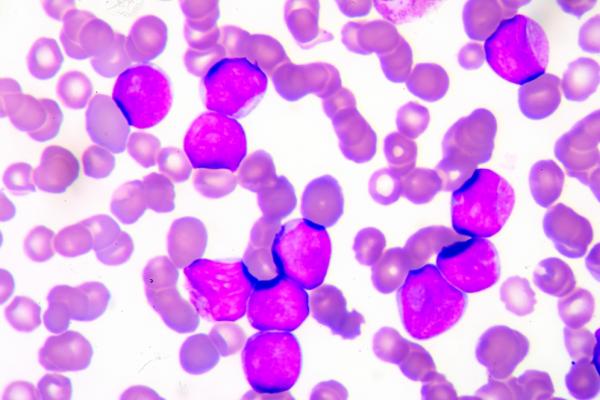
March 24 (UPI) — Researchers have developed a computer program that can detect cancer and identify its location using a patient’s blood sample.
“Non-invasive diagnosis of cancer is important, as it allows the early diagnosis of cancer, and the earlier the cancer is caught, the higher the chance a patient has of beating the disease,” Jasmine Zhou, a professor at the University of California at Los Angeles, said in a press release. “We have developed a computer-driven test that can detect cancer, and also identify the type of cancer, from a single blood sample. The technology is in its infancy and requires further validation, but the potential benefits to patients are huge.”
DNA from tumor cells can be found in the bloodstream in the very early stages of cancer, offering a large target for early detection.
The computer program targets specific molecular patterns in cancer DNA in a patient’s blood and compares the patterns to a database of tumor epigenetics from various types of cancer.
“We built a database of epigenetic markers, specifically methylation patterns, which are common across many types of cancer and also specific to cancers originating from specific tissue, such as the lung or liver,” Zhou said. “We also compiled the same ‘molecular footprint’ for non-cancerous samples so we had a baseline footprint to compare the cancer samples against. These markers can be used to deconvolute the DNA found freely in the blood into tumor DNA and non-tumor DNA.”
Researchers used the new computer program and two other programs — the Random Forest and Support Vector Machine — were tested with blood samples from 29 liver cancer patients, 12 lung cancer patients and 5 breast cancer patients. The Random Forest and Support Vector Machine had an overall error rate of 0.646 and 0.604, while the new program had an error rate of 0.265.
The new computer program was able to detect 80 percent of early stage cancers, 25 of the 29 liver cancer patients and 5 of the 12 lung cancer patients, even though the tumor DNA present in early stages is low in the blood.
The study was published in Genome Biology.





